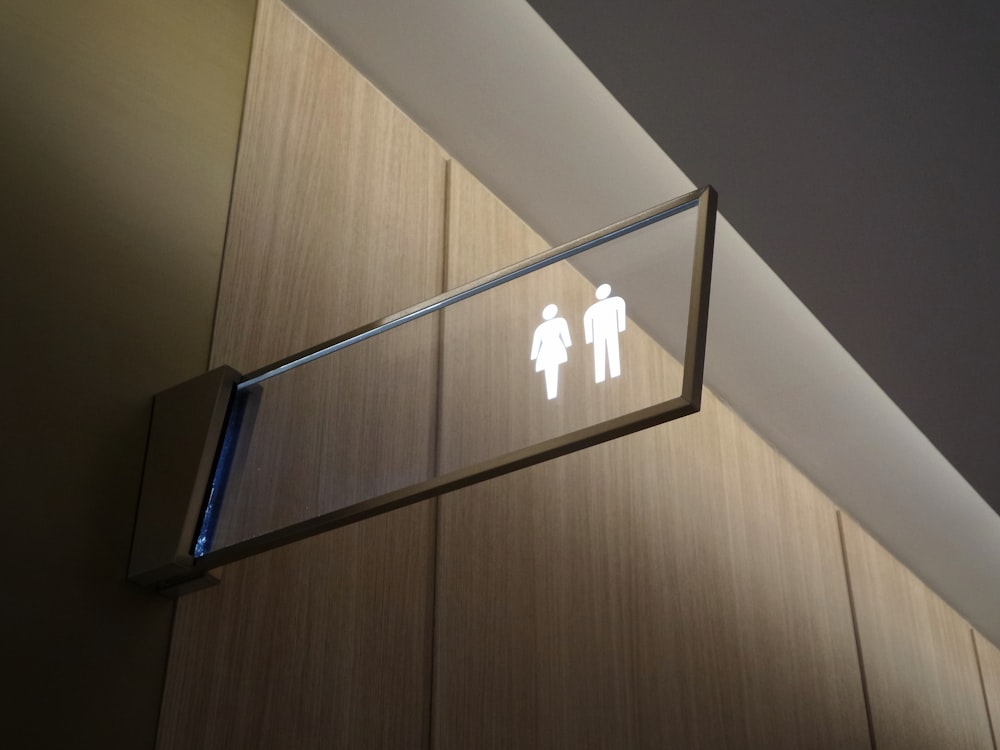目次
骨盤底筋群の弱化を簡単にスクリーニングできる?
高齢女性の訴えとして多い症状として尿失禁が挙げられます.
特に腹圧性尿失禁や切迫性尿失禁についてはガイドラインでも骨盤底筋トレーニングの有効性が示されております.
しかしながら骨盤底筋群の弱化を評価するのって特別な機器でもないと難しいですよね?
今回は骨盤底筋群の弱化を簡単にスクリーニングできることを示唆する研究論文をご紹介させていただきます.

今回ご紹介する論文
Neurourol Urodyn. 2021 May 18. doi: 10.1002/nau.24699. Online ahead of print.
Relationship between the types of urinary incontinence, handgrip strength, and pelvic floor muscle strength in adult women
Rabia Bag Soytas 1, Mustafa Soytas 2, Yavuz O Danacioglu 3, Sinharib Citgez 4, Hakan Yavuzer 1, Gunay Can 5, Bulent Onal 4, Alper Doventas 1
Affiliations expand
PMID: 34004030 DOI: 10.1002/nau.24699
今回ご紹介する論文は2021年に掲載された論文です.
研究の目的
Aim: To investigate the relationship between handgrip strength with types of urinary incontinence (UI) and pelvic floor muscle strength (PFMS) in women.
この研究では女性の尿失禁のタイプおよび骨盤底筋力(PFMS)と握力との関係を調査することを目的としております.
研究の方法
Methods: Ninety-two women, who presented to the geriatric and urology outpatient clinics complaining of UI between July 2019 and February 2020 and had indicated to undergo urodynamic assessment after basic neurourological evaluation, were included in this cross-sectional study. The presence and types of UI were identified by clinical examination and urodynamic studies. Demographic parameters, anthropometric data, comorbidities and medications were recorded. The International Consultation on Incontinence Questionnaire-Short Form was applied. Handgrip strength (HGS) was measured by a hand dynamometer. The PFMS was subjectively assessed via vaginal digital palpation and measured quantitatively by the vaginal probe of the perineometer.
2019年7月から2020年2月の間に尿失禁を訴えて老年病外来および泌尿器科外来を受診し,基礎的な神経学的評価の後に泌尿器力学的評価を受けることを指示された女性92例がこの横断研究の対象となっております.
尿失禁の有無とタイプは,臨床検査とウロダイナミクス検査によって特定しております.
人口統計学的パラメータ,身体測定データ,併存疾患,投薬について記録をしております.
International Consultation on Incontinence Questionnaire-Short Formを適用しております.
握力(HGS)は握力計で測定を行っております.
骨盤底筋力(PFMS)は膣内のデジタル触診によって主観的に評価し,会陰圧測定器の膣内プローブによって定量的に測定を行っております.
研究の結果
Results: Thirty-eight urodynamic stress, 28 detrusor overactivity, 26 urodynamic mixed UI patients were reported. Perineometer measurements were significantly lower in the urodynamic stress UI group compared to the other two groups (p = 0.020). There was no relationship between the types of urinary incontinence and HGS. However, a positive correlation was found between PFMS and HGS (p = 0.045, r = 0.298).
最終的に腹圧性尿失禁 38例,切迫性尿失禁28例,混合性尿失禁26例に分類されました.
会陰圧測定器の測定値は他の2群に比べて、腹圧性尿失禁群で有意に低い結果でありました(p = 0.020).
尿失禁の種類と握力との間には関連性は認められませんでした.
しかしながら骨盤底筋力(PFMS)と握力(HGS)の間には正の相関関係が認められました(p=0.045,r=0.298).
研究の結論
Conclusion: The positive correlation between HGS and PFMS indicates that low HGS may be a marker for PFMS weakness. Furthermore, the association between sarcopenia and UI may be explained by this condition.
握力(HGS)と骨盤底筋力(PFMS)との間に正の相関が認められたことから,握力の低下が骨盤底筋力(PFMS)の弱化のマーカーとなる可能性があります.
さらにサルコペニアと尿失禁の関連性についても予測されます.
今回は骨盤底筋群の弱化を簡単にスクリーニングできることを示唆する研究論文をご紹介させていただきました.
握力から骨盤底筋力が推定できればこれは簡易で用いやすいですね.
ただ相関係数は0.298とあまり高くありませんので,握力から骨盤底筋力を推定するのにも限界があるような気もします.






